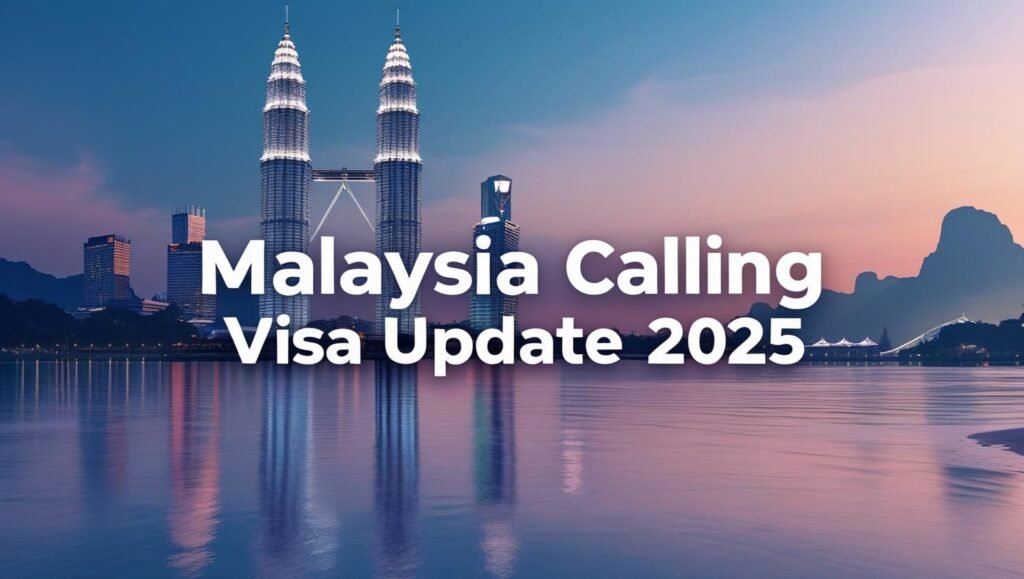So, you’re setting your sights on Malaysia for work or other long-term opportunities? That’s fantastic! One of the first and most crucial steps in this exciting journey is understanding the visa requirements. If you’ve heard the term “calling visa,” you’re on the right track. In the Malaysian context, this commonly refers to the Visa with Reference (VDR), a vital document for many foreign nationals looking to live and work in this vibrant Southeast Asian nation.
The year 2025 is just around the corner, and with it often come updates and adjustments to immigration policies. Navigating these changes can feel overwhelming, but don’t worry, we’ve got you covered. This comprehensive guide will walk you through everything you need to know about the Malaysia calling visa update 2025, breaking down the application process into easy-to-understand steps. Whether you’re a first-time applicant or looking to stay informed about the latest regulations, this post is your go-to resource.
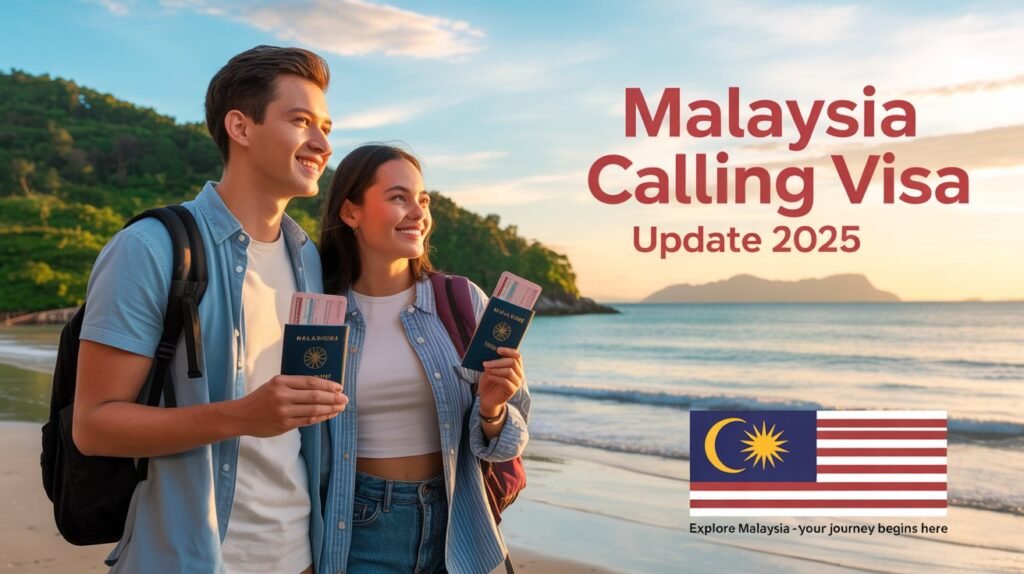
What is a “Calling Visa” for Malaysia?
Let’s clear up the terminology first. While you might hear the term “calling visa” frequently, the official term used by the Immigration Department of Malaysia (JIM) is the Visa with Reference (VDR). Think of the “calling visa” as the popular, everyday way of referring to this specific type of visa.
The VDR is essentially an approval letter issued by the JIM to a sponsoring body in Malaysia (usually an employer, educational institution, or a family member in specific cases). This approval then allows the foreign national to apply for a Single Entry Visa (SEV) at a Malaysian embassy or high commission in their home country. The VDR is the crucial first step for individuals seeking to enter Malaysia for purposes such as:
- Employment: This is the most common reason for a VDR, where Malaysian companies sponsor foreign talent to work for them.
- Education: Foreign students enrolling in recognized Malaysian educational institutions may also require a VDR.
- Dependents: In some cases, family members of expatriates already working in Malaysia may need a VDR to join them.
Understanding that “calling visa” equates to the official Visa with Reference is your first step towards a smoother application process.
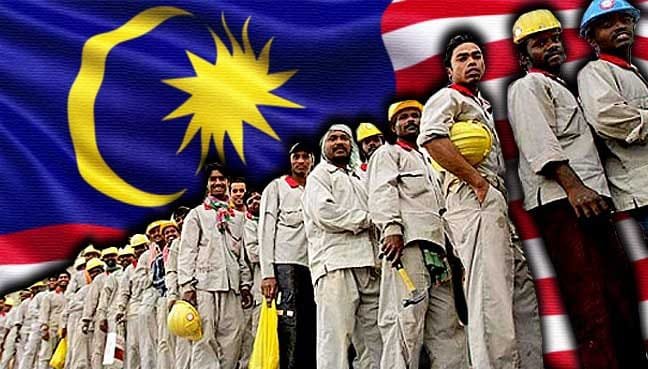
The Malaysia Calling Visa Update 2025: Key Changes You Need to Know
Now, let’s talk about what’s likely on your mind: the Malaysia calling visa update for 2025. While official announcements for the entirety of 2025 might still be rolling out as we get closer to the date, it’s crucial to stay informed about any potential shifts in policy. Keep an eye on the official websites of the Immigration Department of Malaysia and the Expatriate Services Division (ESD), which are the primary sources for the most accurate and up-to-date information.
Based on previous years and current trends, here are some areas where you might expect to see updates or should pay close attention to:
- Eligibility Criteria: Requirements for both the sponsoring company and the foreign applicant could be revised. This might include changes in minimum salary requirements, specific skill sets in demand, or the financial stability of the sponsoring company.
- Application Procedures: The process itself might see some adjustments, potentially with more digitalization or changes in the required forms and submission methods. The MyXpats Centre often plays a significant role for expatriate applications, so any updates to their platform or procedures are important.
- Document Requirements: The list of necessary documents could be updated. It’s always wise to check the latest official checklist to ensure you have everything in order, such as your valid passport, photographs, academic certificates, and the VDR approval letter.
- Processing Times: While not a policy change, keeping an eye on the typical processing times can help you plan your application and travel accordingly. Delays can occur, so it’s best to apply well in advance.
- Visa Fees: Be sure to check for any revisions in the visa application and processing fees for 2025.
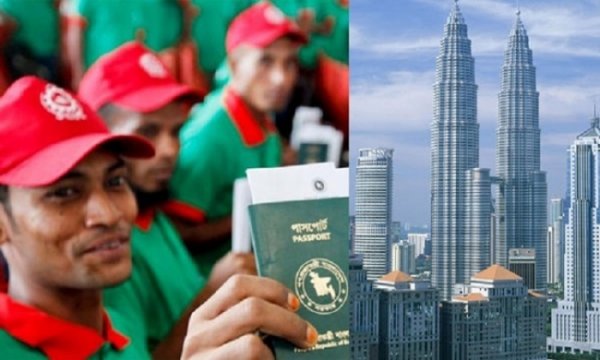
A Step-by-Step Guide to the 2025 Application Process
While specific updates for 2025 are paramount, the fundamental application process for a Malaysia Visa with Reference generally follows these steps. Keep in mind that these are general guidelines, and specific requirements can vary based on your nationality, the purpose of your stay, and the sponsoring entity. Always refer to the latest official guidelines for precise details.
Step 1: Employer Sponsorship
For most employment-related “calling visas,” the process begins with a Malaysian company identifying a foreign national they wish to employ. The company then applies to the relevant Malaysian authorities (often the Expatriate Services Division or specific regulatory bodies depending on the industry) for approval to hire a foreign worker. If approved, the Immigration Department of Malaysia (JIM) will issue a Visa with Reference (VDR) in favor of the applicant.
Step 2: The VDR Approval and Submission
Once the sponsoring company receives the VDR approval letter, they will typically forward a copy to the foreign applicant. The applicant will then need to take this VDR approval letter, along with other required documents (such as their valid passport, photographs, and completed visa application form – usually IMM.47), to the nearest Malaysian embassy, high commission, or a designated visa application center in their home country. They will then submit their application for a Single Entry Visa (SEV).
Step 3: Single Entry Visa Issuance
After reviewing the application and supporting documents, the Malaysian embassy or high commission will, if approved, issue a Single Entry Visa (SEV) in the applicant’s passport. This visa allows the individual to travel to Malaysia. It’s crucial to note that the SEV is usually valid for a specific period and is for the purpose of entering Malaysia to finalize the next stage of the immigration process.
Step 4: Arriving in Malaysia and Finalizing the Pass
Upon arrival in Malaysia using the Single Entry Visa, the foreign national will then work with their sponsoring company to complete the final steps of the immigration process. This typically involves biometric registration and the issuance of the relevant long-term pass, such as an Employment Pass (for workers), a Student Pass (for students), or a Dependent Pass (for family members). The Employment Pass sticker, for instance, will be affixed to the passport, allowing the individual to live and work legally in Malaysia for the duration specified.
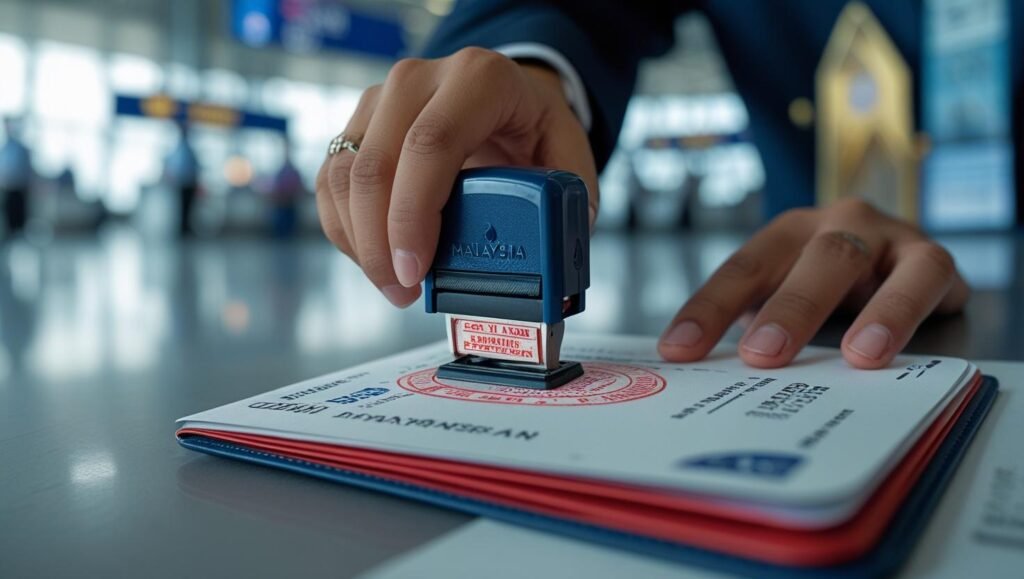
| Step | Description | Estimated Time | Key Action Items |
|---|---|---|---|
| 1. Application Submission | Submit all necessary documents through MYXpats Centre. | 1-2 weeks | Prepare documents (passport, employment letter, medical report) |
| 2. Application Processing | MYXpats Centre processes your application and verifies submitted info. | 2-4 weeks | Monitor the status on the portal |
| 3. Visa Approval | Receive approval from the Malaysian authorities. | 1-2 weeks | Receive confirmation via MYXpats Centre or email |
| 4. Visa Issuance | Your visa is issued and ready for travel to Malaysia. | 1 week | Collect visa and prepare for travel |
| 5. Entry into Malaysia | Travel to Malaysia and go through immigration for entry. | – | Ensure all documents are in order for immigration clearance |
Essential Documents Checklist
To help you prepare, here’s a general list of documents that are commonly required for a Malaysia “calling visa” (Visa with Reference) application. Remember to always check the latest requirements from the official Malaysian immigration authorities:
- Valid Passport: With at least six months of validity remaining.
- Visa Application Form (IMM.47): Duly completed and signed.
- Recent Passport-Sized Photographs: As per the specifications of the Malaysian embassy.
- Copy of the Visa with Reference (VDR) Approval Letter: Provided by the sponsoring company.
- Offer Letter or Employment Contract: From the Malaysian employer (if applicable).
- Academic Certificates and Transcripts: As required for the position or study.
- Professional Certificates (if applicable).
- Copy of your Identity Card or National ID.
- Confirmed Flight Ticket to Malaysia.
- Proof of Accommodation in Malaysia.
- Medical Examination Report: From a panel clinic approved by the Malaysian government.
- Other Supporting Documents: As may be required based on your specific circumstances.
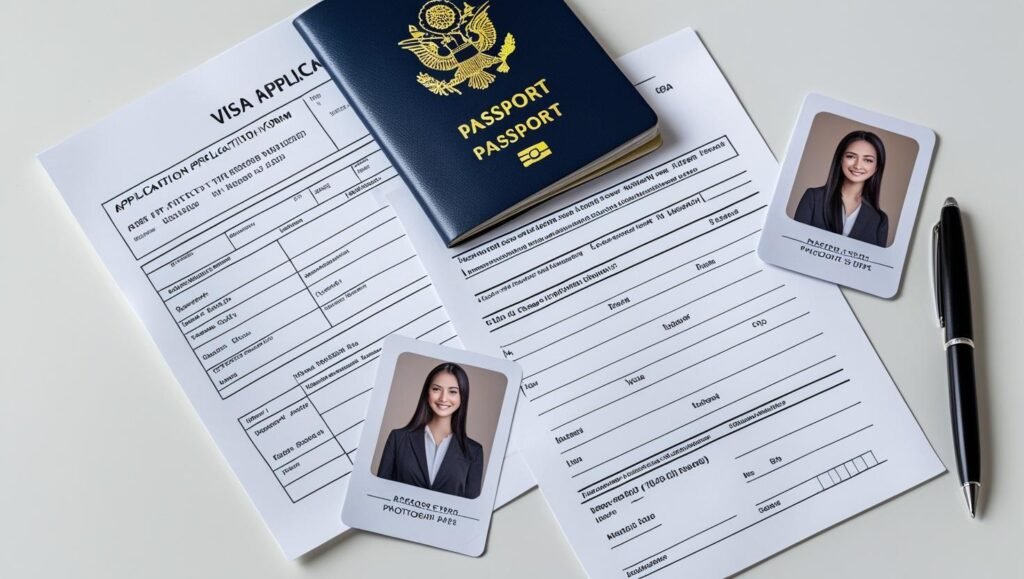
Common Challenges and How to Overcome Them
Applying for a visa can sometimes present hurdles. Here are some common challenges applicants might face with the Malaysia “calling visa” process and tips on how to navigate them:
- Delays in Processing: Immigration processes can sometimes take longer than expected. Solution: Apply well in advance of your intended travel date and ensure all your documents are complete and accurate to avoid unnecessary delays. Regularly check the status through the official channels if available.
- Document Inconsistencies or Missing Information: Even minor discrepancies can lead to delays or rejection. Solution: Double-check every detail on your application form and ensure all supporting documents are the correct versions and meet the specified requirements.
- Communication Barriers: Sometimes, getting clear information can be challenging. Solution: Rely on official sources like the Immigration Department of Malaysia website or the Malaysian embassy in your country. If using an agent, ensure they are reputable and authorized.
- Understanding Specific Requirements: Visa requirements can vary based on your nationality and the purpose of your stay. Solution: Carefully review the specific requirements applicable to your situation on the official websites. Don’t rely solely on general information.
- Scams and Misinformation: Unfortunately, fraudulent activities related to visa applications exist. Solution: Be wary of unofficial websites or individuals offering to fast-track your application for a fee. Always verify information with official sources.
Conclusion
Navigating the Malaysia calling visa update for 2025 might seem complex at first glance, but by understanding the terminology, staying informed about potential changes, and following the correct application procedures, you can significantly increase your chances of a successful outcome. Remember that the “calling visa” is your initial step, paving the way for your work or long-term stay in Malaysia.
Keep yourself updated with the latest announcements from the official Malaysian immigration authorities. By being prepared, meticulous with your documentation, and patient throughout the process, you’ll be one step closer to realizing your aspirations in Malaysia.
Frequently Asked Questions (FAQs)
Q1: How long does the Malaysia calling visa application process typically take in 2025?
While processing times can vary depending on the volume of applications and the specifics of your case, the entire process, from the employer’s initial application for the VDR to the issuance of your long-term pass upon arrival in Malaysia, can generally take anywhere from several weeks to a few months. It’s advisable to begin the process as early as possible.
Q2: What is the key difference between a “calling visa” (Visa with Reference) and other types of Malaysian visas, such as a tourist visa or an e-visa?
The primary difference is the purpose and duration of stay. A “calling visa” (VDR) is typically for long-term stays (e.g., employment, education) and requires sponsorship from a Malaysian entity. Tourist visas and e-visas are for short-term visits for tourism, business (without employment), or social purposes and are usually applied for directly by the individual without the need for a local sponsor for the visa itself.
Q3: Where can I find the most up-to-date and official information about the Malaysia calling visa requirements for 2025?
The most reliable sources for official information are the website of the Immigration Department of Malaysia (Jabatan Imigresen Malaysia – JIM) and the website of the Expatriate Services Division (ESD). For specific queries or clarification, you can also contact the Malaysian embassy or high commission in your home country.
Q4: If my Malaysia calling visa application is rejected, can I appeal the decision?
Generally, there is an avenue for appeal if your visa application is rejected. The rejection letter should outline the reasons for the refusal and the process for submitting an appeal. This usually involves submitting a letter of appeal along with any additional supporting documents to the relevant immigration authorities for reconsideration.
Q5: Once I receive my Single Entry Visa based on the VDR, how long is it valid for, and what should I do upon arrival in Malaysia?
The validity of the Single Entry Visa (SEV) can vary but is typically for a short period (e.g., a few months) to allow you to travel to Malaysia. Upon arrival, you must work with your sponsoring company to complete the final steps of the immigration process, which includes biometric registration and the issuance of your long-term pass (like an Employment Pass), which will then allow you to stay in Malaysia for the approved duration.

